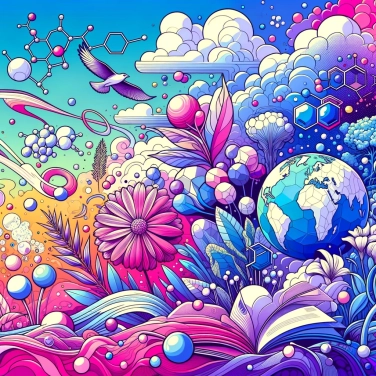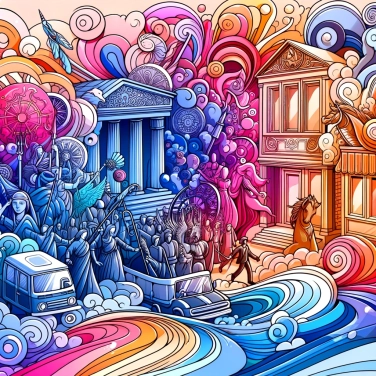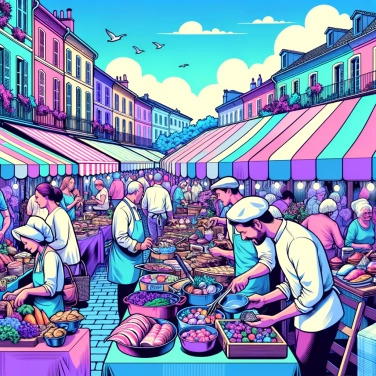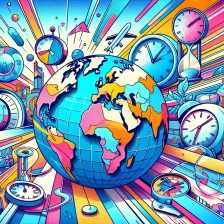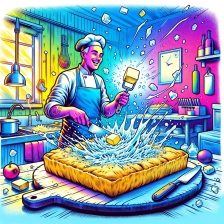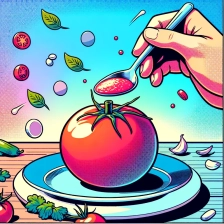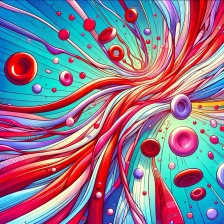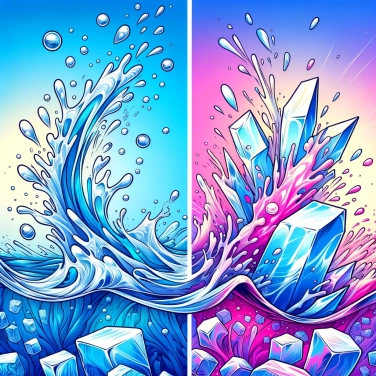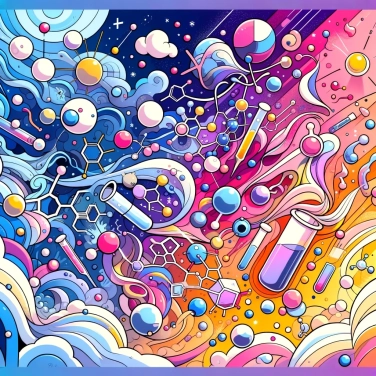In detail, for those interested!
Molecular structure
Water is a molecule composed of one oxygen atom linked to two hydrogen atoms, forming a V-shaped structure. This molecular asymmetry creates hydrogen bonds between water molecules, which are responsible for many unique properties of water, including its transparency.
Hydrogen bonds keep water molecules aligned in an orderly manner, allowing visible light to pass through the material without being scattered. This regular and transparent molecular structure is a key characteristic of liquid water.
When water turns into ice, water molecules form a three-dimensional crystalline network. This crystalline structure rearranges water molecules in a more spaced-out and regular way, causing light to scatter and making ice opaque.
In summary, the molecular structure of water, characterized by hydrogen bonds and a regular arrangement of molecules, is the main reason for its transparency, while the crystalline reorganization of water molecules in ice is responsible for its opacity.
Reorganization of the subject
When water freezes to form ice, water molecules undergo a structural reorganization. In the liquid state, water molecules are mobile and disordered, allowing light to pass through without being scattered. However, during solidification, water molecules come together in a more orderly manner to form a crystalline structure.
In ice, water molecules are arranged in a regular pattern in a crystalline structure. This crystalline structure causes random scattering of incident light, resulting in opacity of the ice. Unlike liquid water, where light can move through the medium without being scattered, ice reflects light due to its orderly crystalline structure.
This molecular reorganization during the solidification of water into ice is responsible for the transition from transparency to opacity. Variations in the arrangement of water molecules influence how light interacts with the material, giving water its characteristic transparency and ice its opaque appearance.
Effect of impurities
Impurities present in water and ice can influence their transparency. In water, impurities such as dissolved salts can absorb light and reduce its transmission through the liquid, making the water less transparent. On the other hand, in ice, impurities can create defects in the crystalline structure that scatter light, making the ice opaque. These defects act as obstacles to the transmission of light through the ice, making it non-transparent. Thus, impurities have a significant impact on the transparency of water and ice, by altering the path of light through these materials.
![Explain why some countries change time zones?]()
![Explain why Alexander the Great refused to wear shoes.]()
![Explain why Alexander the Great always wore an impressive helmet.]()
![Explain why the last Chinese emperor was so young when he came to power?]()




